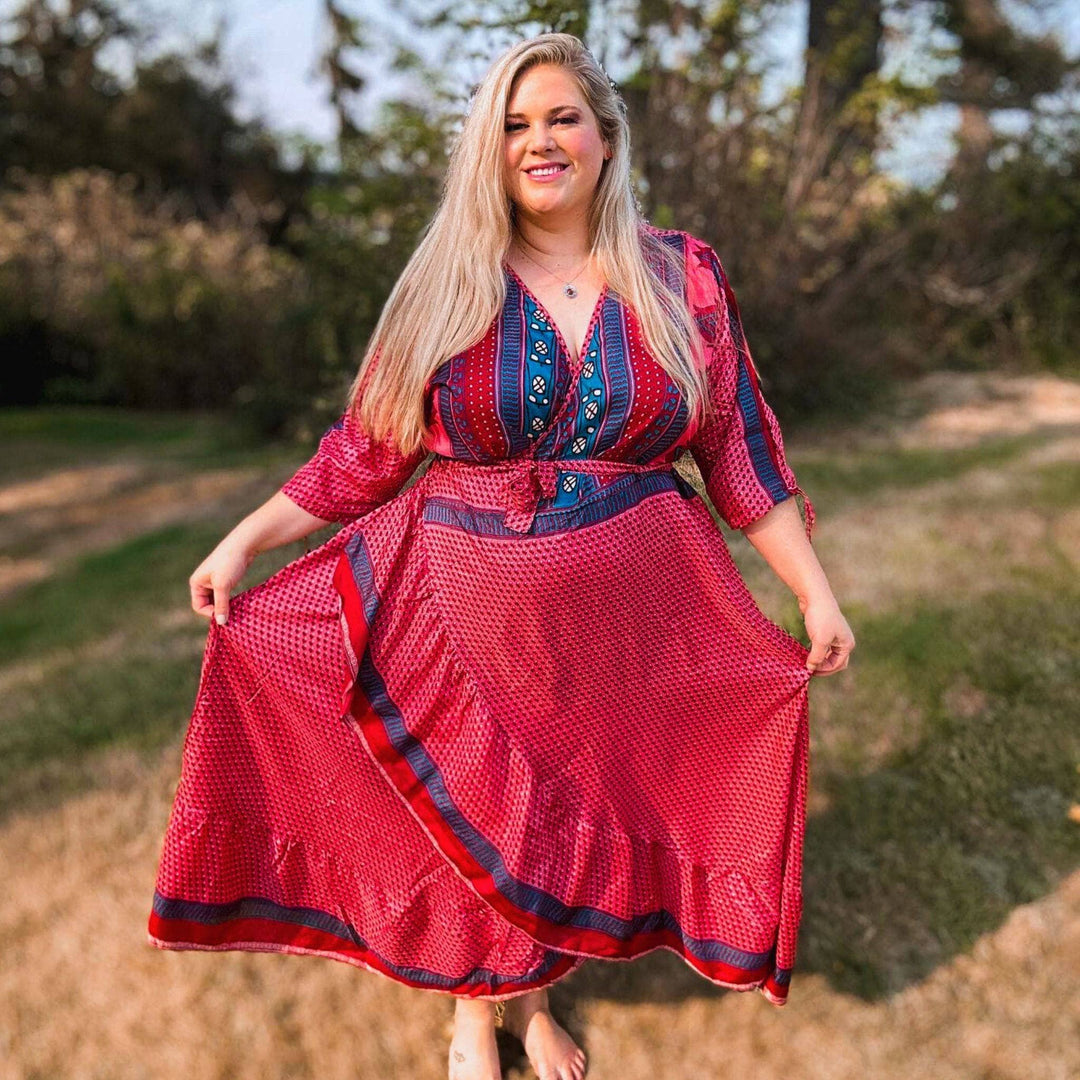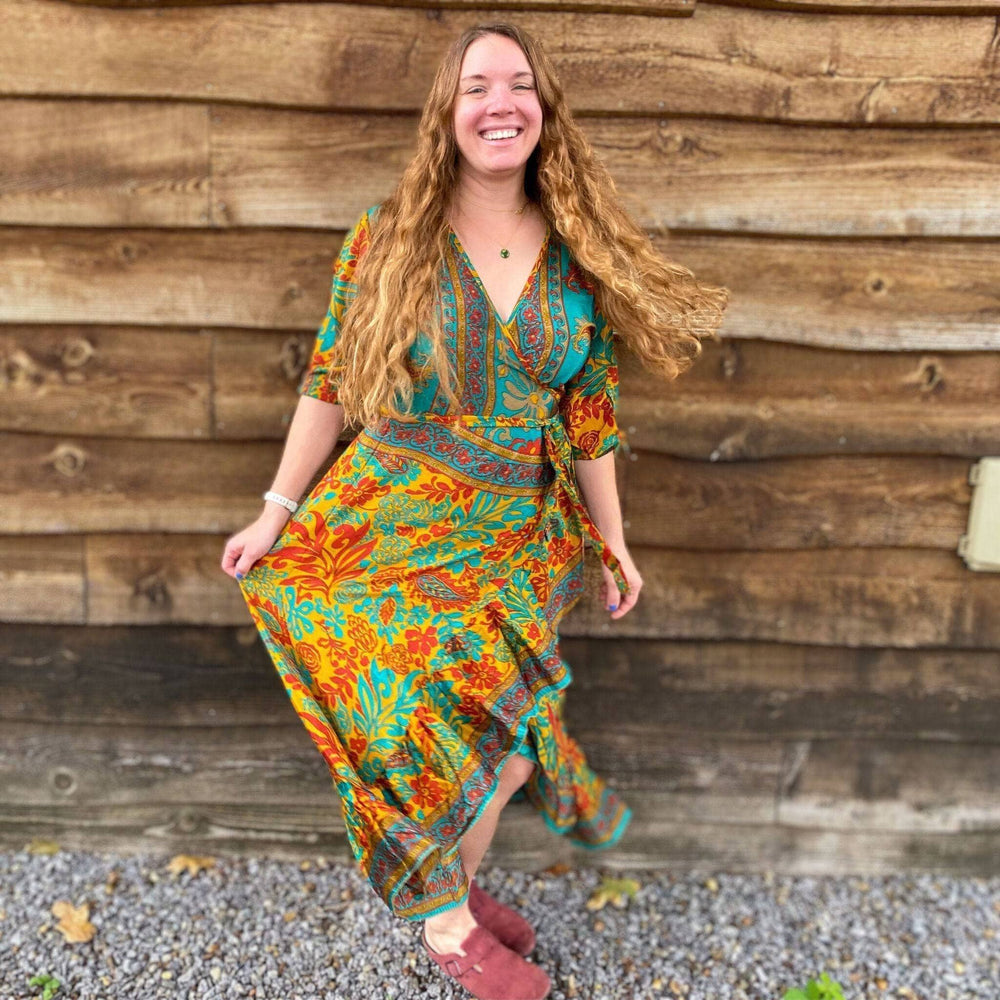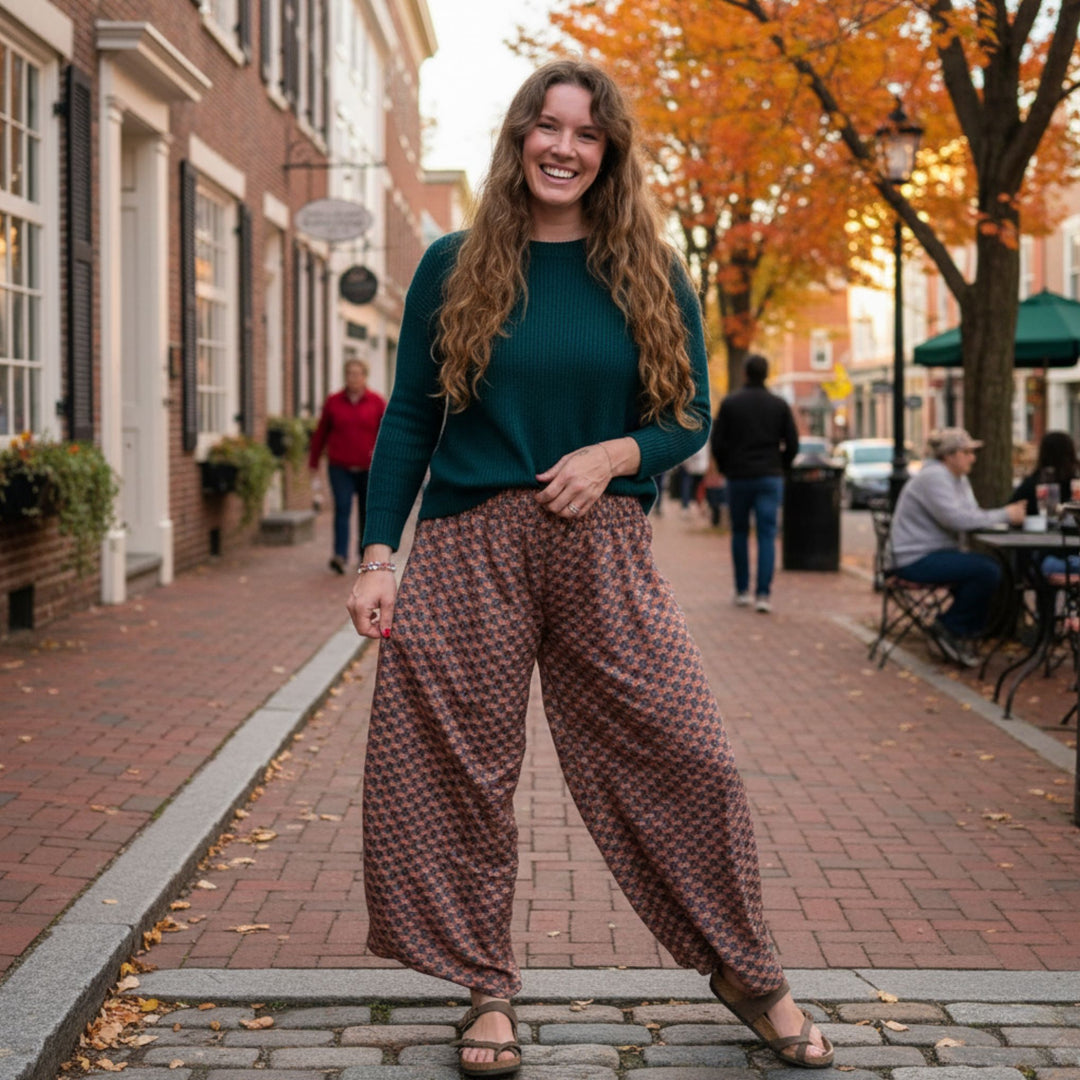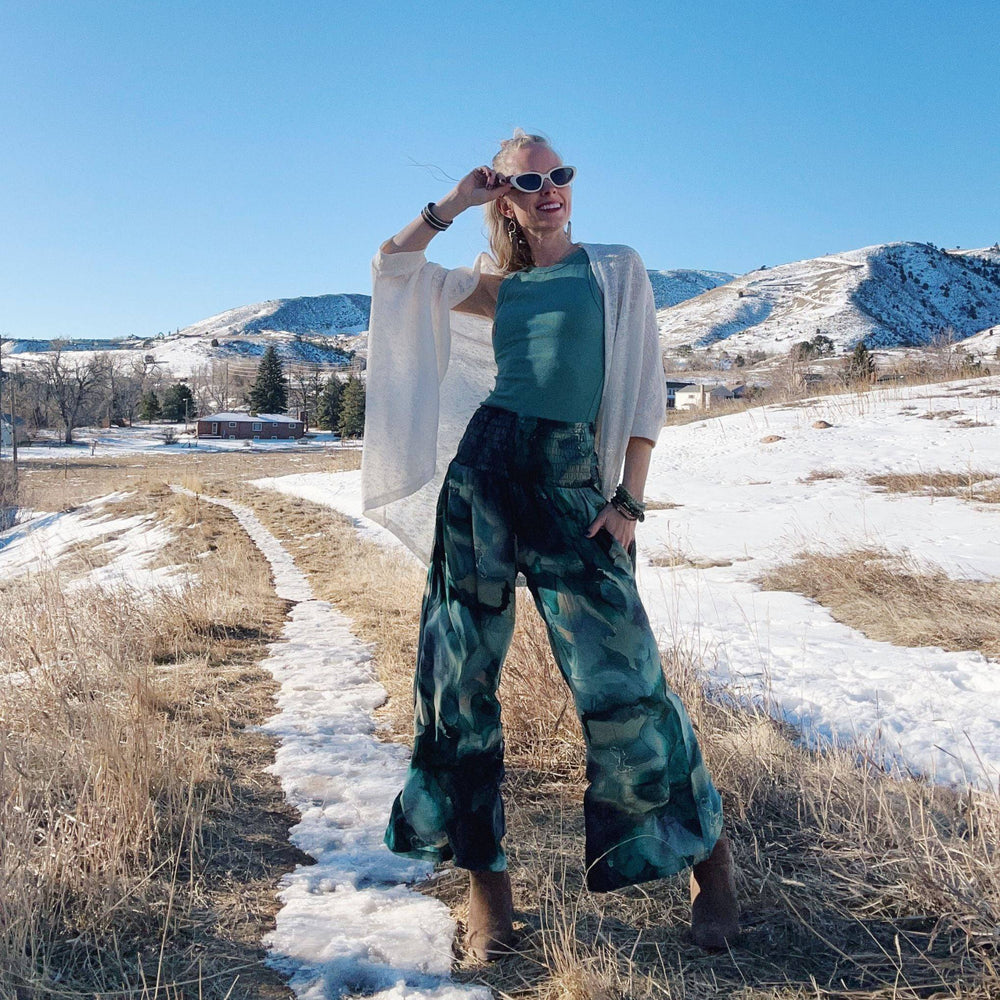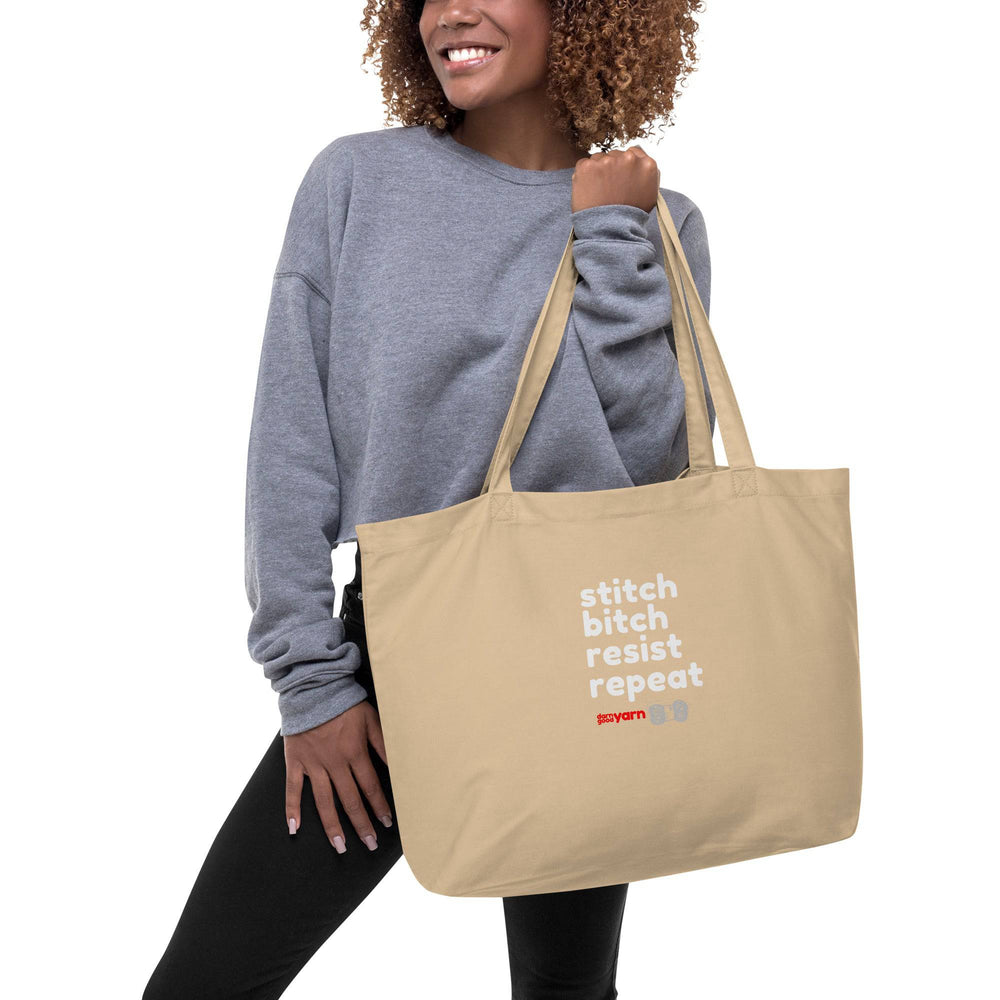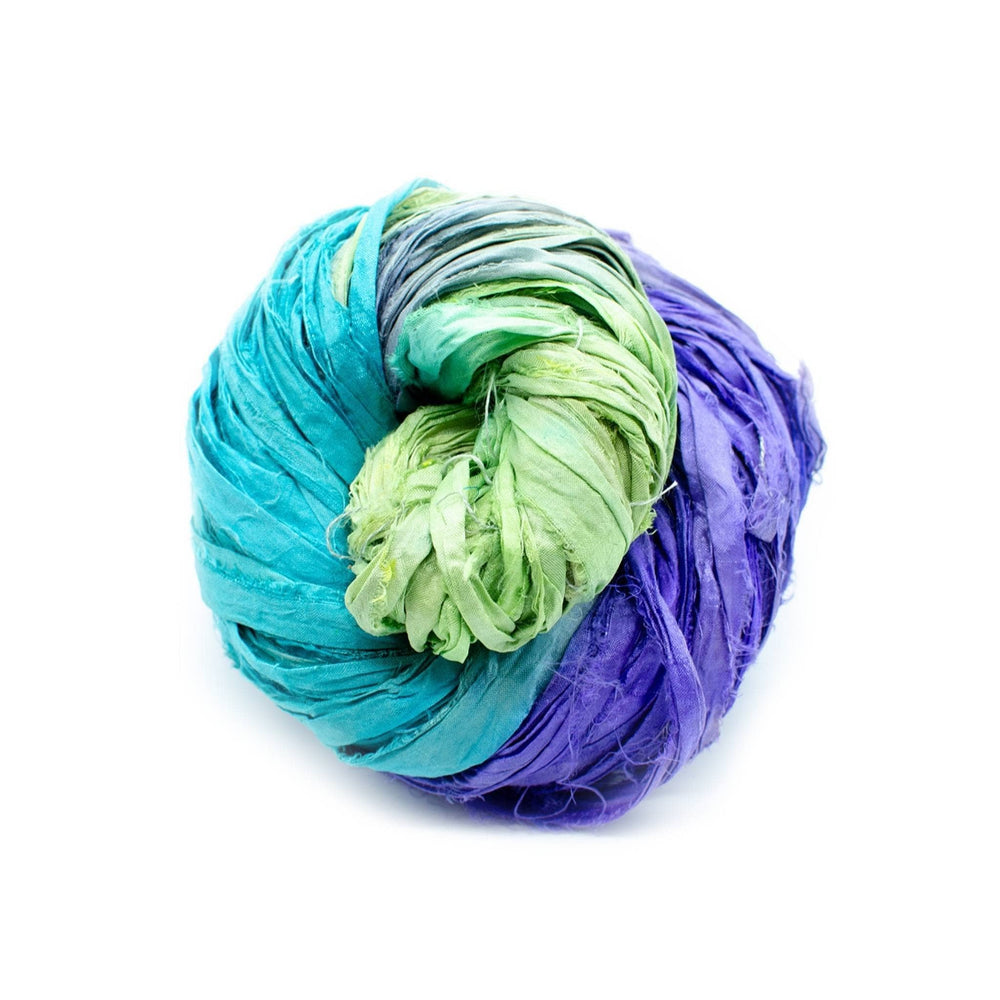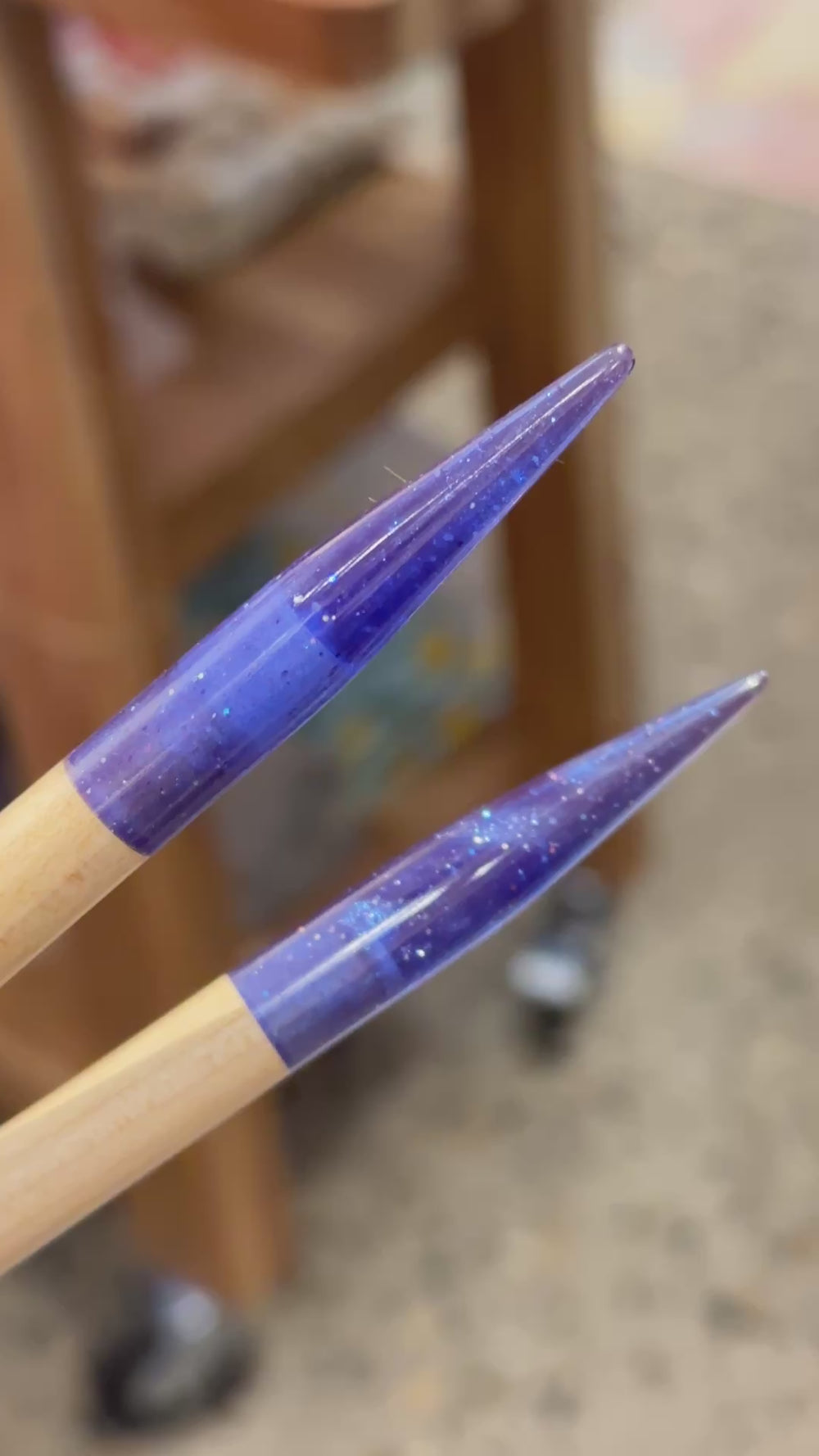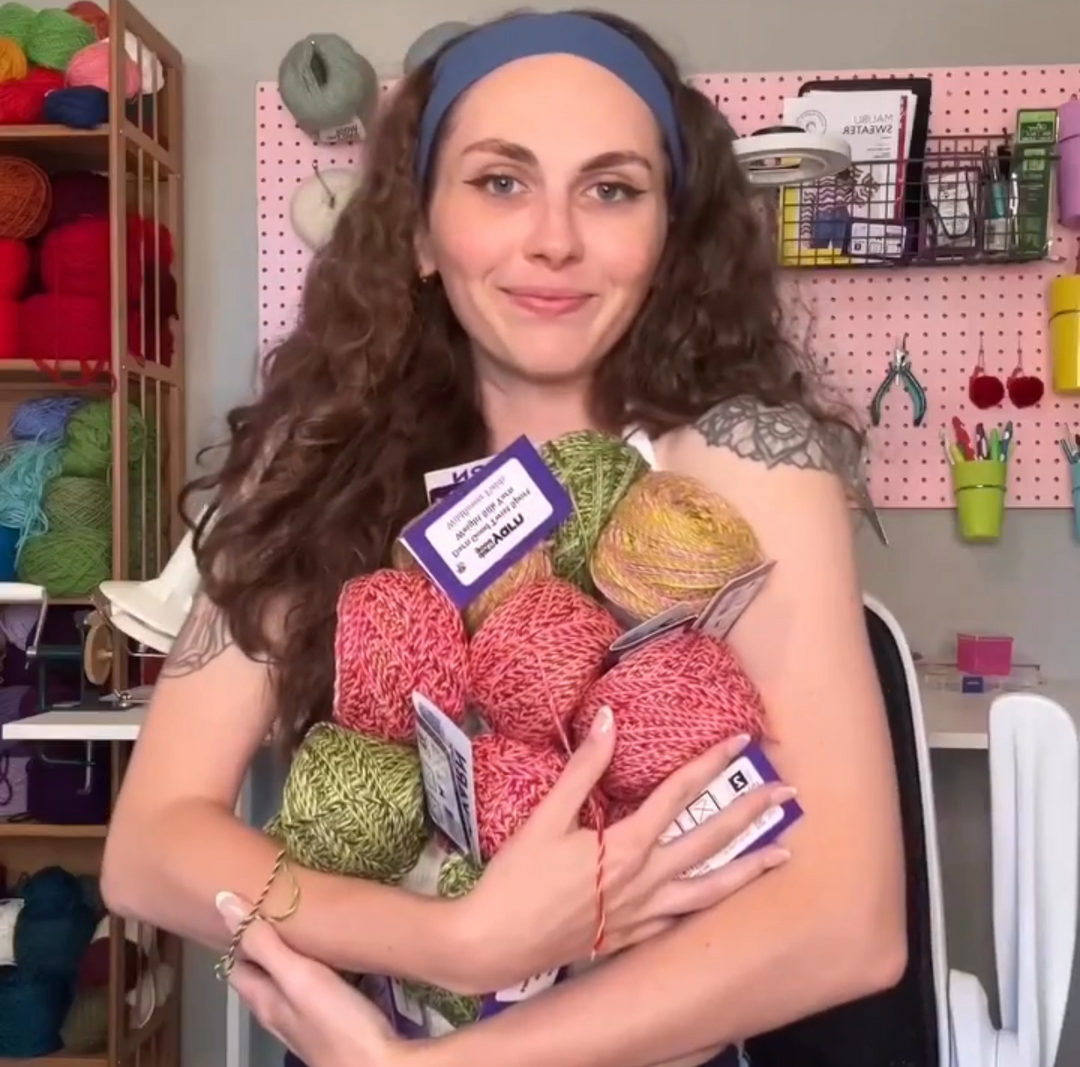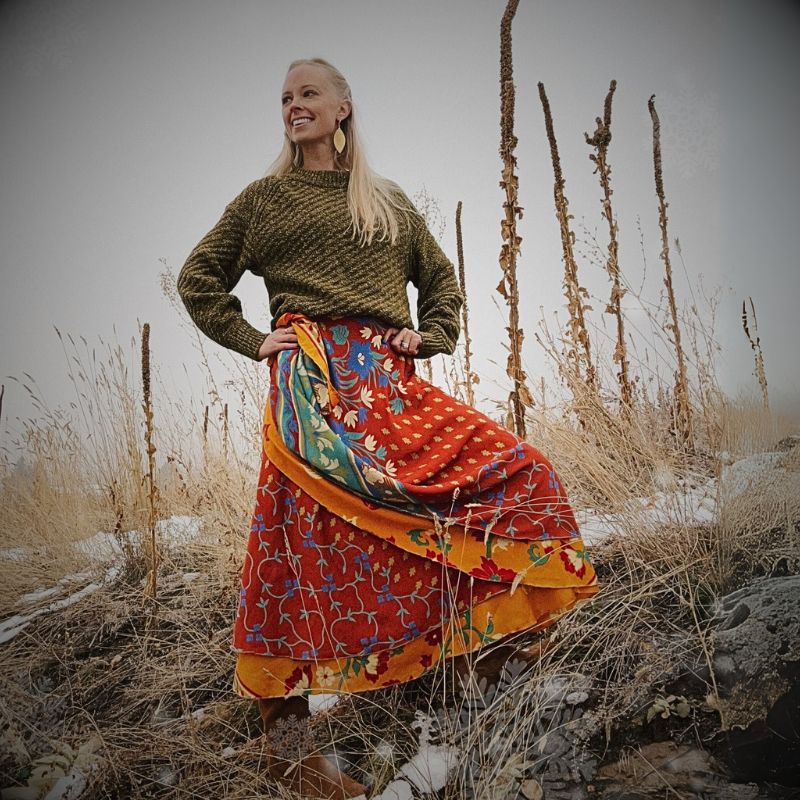Rosann Fleischauer once got her knitting pattern books from France, through a friend who traveled there often. Luckily, she could read French, because these patterns were the type of high-quality, reliable patterns that can really teach a student how to design their own work. At the time, she says, patterns found online were fewer, “not attractive,” and didn’t fit into her life.

Today fiber craft patterns are all over the Internet—go on websites like Ravelry, or on Facebook or Instagram, and you can find a pattern for things you didn’t know anyone would ever even want to make. Rosann, who now consults for fiber companies and creates many of her own patterns, says finding a good one is not as simple as clicking on the first thing you see.
“The best advice is to read it and double check the math for the size you’re making,” she says. “It’s really disheartening when someone brings me something or asks me to fix something, but if they’d done the math or looked at it more closely, they’d realize the designer was wrong.”
Getting your hands on quality patterns can mean more than just smoothly churning out a sweater—it can be an important educational tool.
“When you’re learning, the best way to learn is from good material,” she says. “Go on Ravelry or find books to find a pattern from a reliable designer and work with it.”
Rosann says taking things apart is an important part of her creating—she has a seam ripper in her pencil holder as proof. This means sometimes making pieces that aren’t really her taste just to learn how it was designed, and then unraveling it. Or finding a tank top that fits perfectly and taking it apart, laying it flat and looking at the dimensions.
“It’s a lot of math,” she says.
Rosann used her background in sewing, and added in the math of knitting, and soon she was designing pieces she could feel comfortable in at work—and shared her patterns with others who shared her style and needs.
She’s now made many functional, wearable designs for a number of companies like DGY and finds her biggest shift over the years has been in the number of yarns she’s willing to work with.
Rosann has always been careful about the sourcing of the yarns she works with, and says she loves DGY for our quality, reliability and ethics.
“At the end of the day I don’t have to wonder if this is stuff made in some factory where they may not have the best business practices,” she says. “It’s purchasing with a conscience.”
When coming up with designs, she thinks carefully about the properties of the yarn she’s using and what type of project might fit that material. She recently made a pattern for a poncho for us at DGY using our...sock yarn.
But there is sound logic behind this! Sock yarn is spun a little tighter, and is often a composite of natural yarn with a small amount of synthetic yarn, like nylon. This gives it great durability and color saturation and makes it machine washable, but it still has the feel of natural yarn.
“It’s great for outdoor garments, or pieces that may live a hard life,” says Rosann. “I can make a piece and send it to a college student and have them throw it in the wash in the dorm and not worry about it.”
Rosann has a lot of advice for beginners. Work with colors that speak to you and make things you’re passionate about. Use stitch markers, which can help you learn to read the patterns in stitches. Set meaningful, but attainable goals. And use good products—which don’t always have to be expensive.
Another great thing about sock yarn, Rosann says, is it unravels easily—so it’s great for making mistakes in the learning process.
“You would probably be astounded if you knew how many times my yarn got pulled out,” she says. “You just have to be patient with yourself, and cut yourself some slack.”
 Rewards
Rewards




